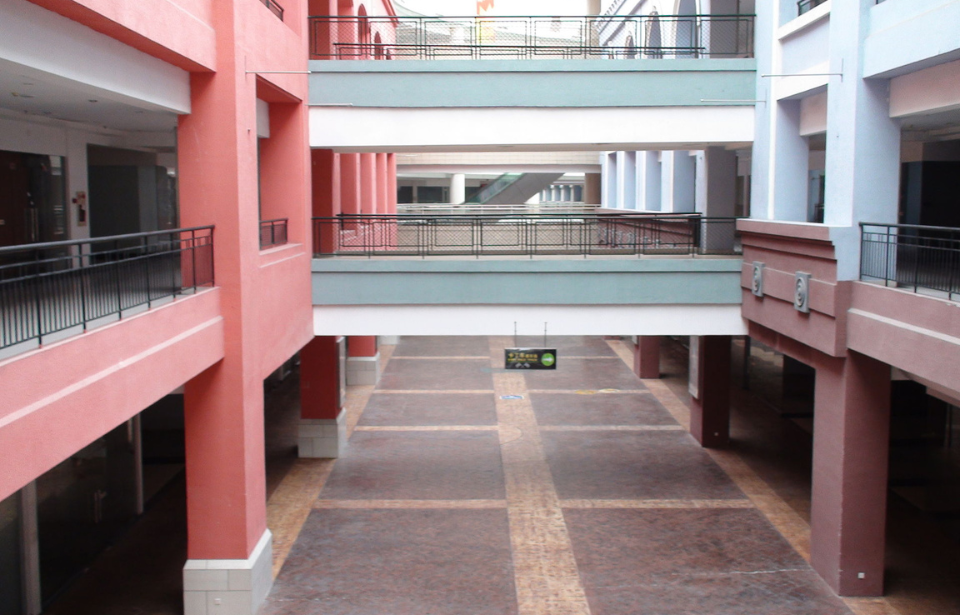Dongguan, China can brag about being home to one of the world’s largest malls when measured by total leasable area, with the structure over two times the size of the Mall of America in Bloomington, Minnesota. However, shortly after opening, the South China Mall was designated a “ghost mall,” with less than one percent of its space occupied.
While initially a place locals avoided, recent work appears to be bringing this once-empty expanse of a shopping center back from the dead.
Making Dongguan more memorable
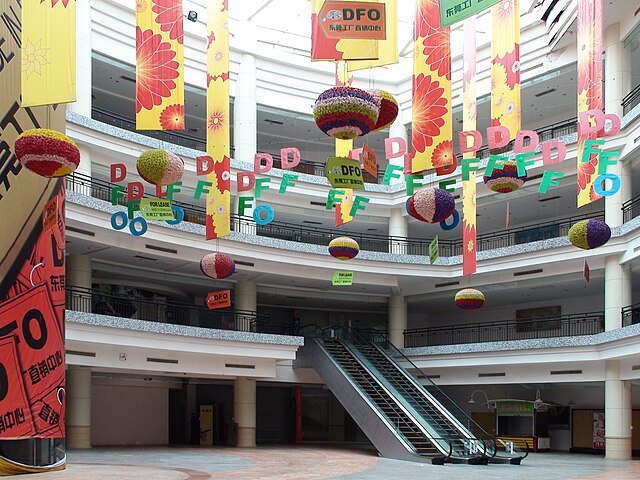
The initiator of the project was millionaire Hu Guirong, known for the wealth he’d accrued through his involvement in the instant noodle industry. Dongguan was his hometown, and he wanted to make it more memorable in some way, so he decided to build an immense shopping center.
Grand plans for the South China Mall
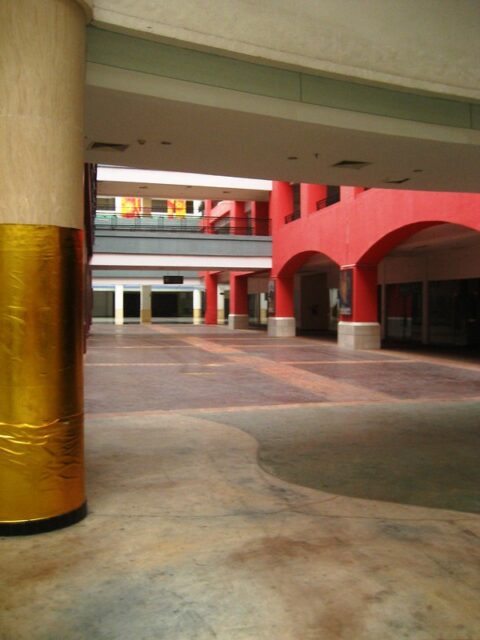
Hu Guirong had grand plans for the mall. Incorporated into its design were copies of Paris‘ Arc de Triomphe, as well as the Egyptian Sphinx, a roller coaster and a fountain. The shopping center consisted of five floors, and $1.3 billion was initially allocated for its construction.
The goal was initially to attract 100,000 visitors per day.
Doomed from the start?
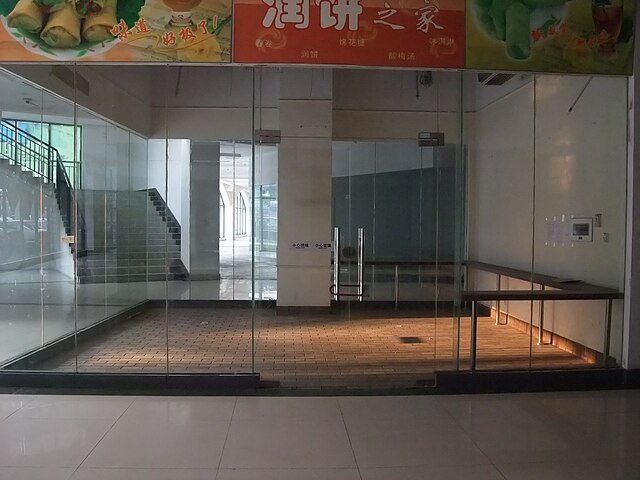
One mistake made during the planning phase regarding the choice of location possibly doomed the project before the foundation was laid. The South China Mall was built on former farmland in the Wanjiang District, 34 miles from Dongguan city center, with no direct public transport links. The surrounding area is also home to a poorer population, meaning the high-priced offerings at the mall were largely out of their price range.
The nearby regions are Shenzhen and Guangzhou, and the area offers so many shopping centers that residents were just not tempted to make the journey to the new location.
Opening the South China Mall
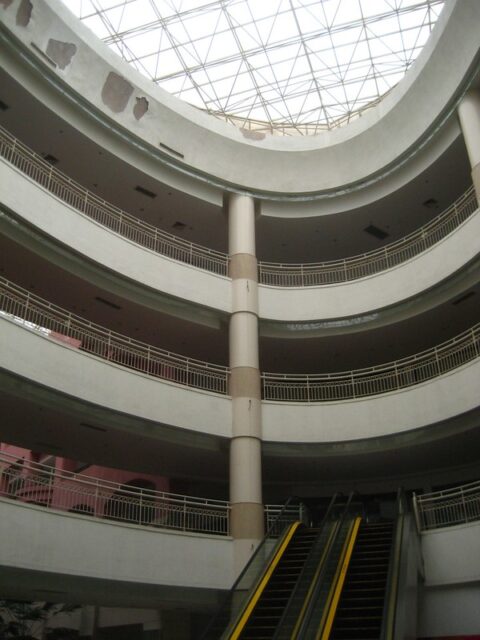
In 2005, the South China Mall hosted its official opening. The total area available to rent was 659,612 square meters, and it had the capacity for about 2,350 retail premises. To make the shopping center unique and attractive for both local and international visitors, it was divided into seven zones, each dedicated to a different area of the world: Amsterdam, Paris, Rome, Venice, Egypt, the Caribbean and California.
Trying to build interest in the South China Mall
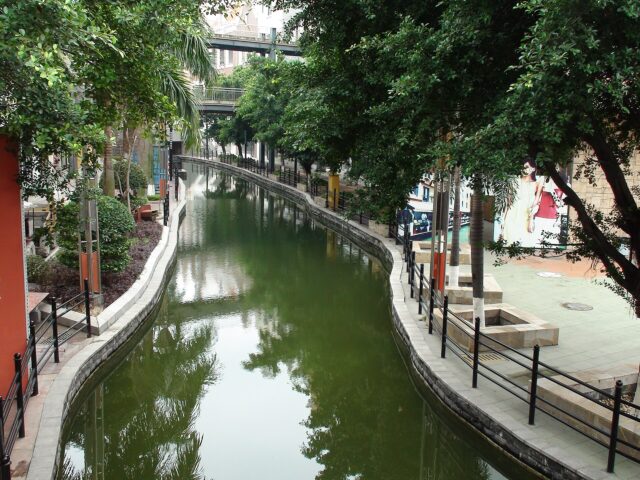
In December 2006, the owner, Hu Guirong’s Dongguan Sanyuan Yinghui Investment & Development company, decided to sell a controlling interest in the mall. The buyer was Founder Group, part of Peking University. In September of the following year, the name of the center changed to the “New South China Mall, Living City,” which was part of a makeover attempt the owners hoped would reinvent the site and improve business.
For 10 years, less than 10 percent of the mall was occupied by lessees. In 2011, this figure dropped to a mere one percent. It had some visitors, thanks to McDonald’s, KFC, Pizza Hut, an IMAX movie theater and a go-kart track. However, every year, staff found it increasingly difficult to maintain the shopping center. The decorations inside began to fade, and almost 99 percent of the lots remained empty.
Reviving the South China Mall
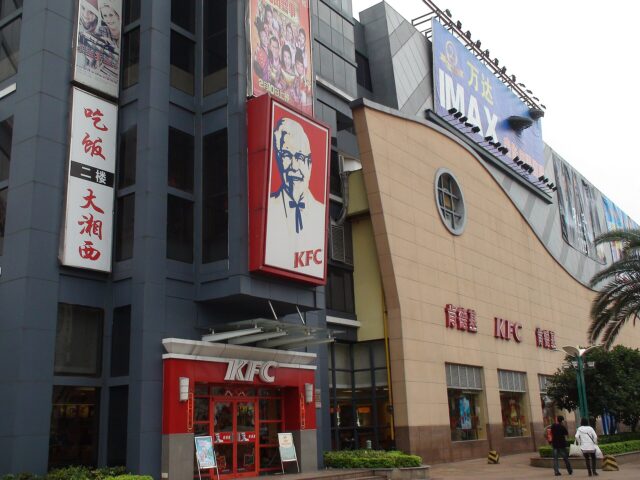
There might still be hope for the South China Mall. It was recently decided to renovate the shopping center to attract the Chinese middle class, rather than the upper class, as had been the previous intention. It has been modernized, and this makeover seems to be working, as both customers and tenants are filling up the building, with the occupancy rate at 91 percent in 2020.
More from us: Moynaq, Uzbekistan: The Desert Full of Forgotten Ships
Other projects intended to draw even more people to the location include building a globe-shaped IMAX cinema, as well as other entertainment attractions for children, such as a theme park and a marine mammal zoo.
